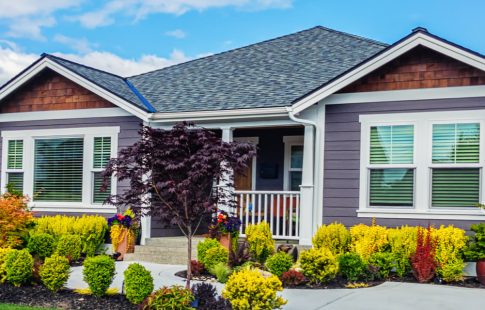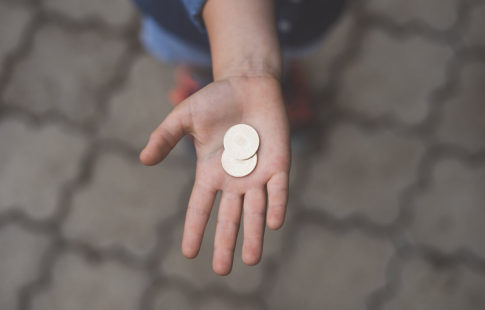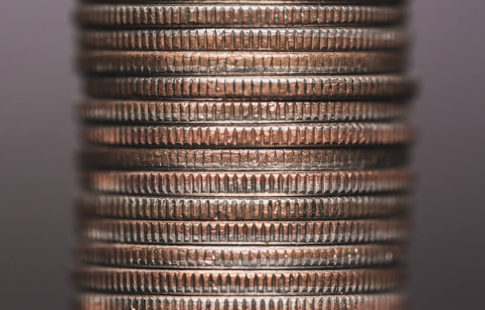For many homeowners, refinancing a mortgage is an opportunity to save money. If a homeowner refinances with a lower interest rate, they could reduce monthly payments, eliminate private mortgage insurance (PMI), or shift from an adjustable-rate mortgage (ARM) to a fixed-rate home loan. Some homeowners opt to refinance with cash-out, which allows them to use their home’s equity to get cash — and potentially consolidate high-interest, non-mortgage debt. Here are a few ways homeowners can benefit from refinancing.
Lower Interest Rate
A lower interest rate could decrease the amount of interest a borrower pays over the life of a mortgage. It also lowers the monthly payment. If you have a balance on your current mortgage and you choose to refinance, the refinanced mortgage will take your current mortgage’s place. The terms of your new mortgage will begin when your new lender pays the old lender what you owe on the loan. Using one of Mr. Cooper’s mortgage calculators can help you crunch the numbers.
| For example, a 30-year mortgage at 6% for $200,000 has a monthly principal and interest payment of $1,199. If the homeowner were to refinance that same 30-year mortgage at $200,000 for 5%, the monthly principal and interest payment would drop to $1,074.
The cost of the mortgage at 6% is $431,676 and at 5% it is $386,512. Lowering the interest rate from 6% to 5% reduces the cost of the mortgage by $45,164 over the life of the loan (savings figure does not take into account closing costs). |
Eliminating Private Mortgage Insurance
Many homeowners refinance to eliminate private mortgage insurance. Homeowners frequently buy real estate and put less than 20% down (a down payment is the cash you pay when you buy a house, and how much 20% amounts to is calculated based on the sale price.) If you make a down payment that is less than 20%, lenders require you to pay for private mortgage insurance (PMI) so that they are protected if you default on the mortgage.
If your home value increases, you might have a higher percentage of equity than when you first bought it. Refinancing could potentially eliminate the need for PMI because your home’s value would be higher but you still owe the same amount on your loan, making your equity percentage higher. Since lenders add the PMI premium to your mortgage payment, you could decrease your monthly payments by eliminating it.
Converting from Adjustable to Fixed Rate
Some homeowners can decrease monthly mortgage payments by refinancing from an adjustable rate mortgage (ARM) to a fixed-rate. ARM mortgages are a hybrid of fixed-rate and variable-rate mortgages. The ARM mortgage starts with fixed-rate for an initial period, which could be could be three, five, seven, or ten years. After that, the ARM switches to an adjustable rate that could fluctuate based on a variety of factors. Homeowners whose ARM is now higher than their initial rate could see monthly payments fluctuate after action from the Fed. Refinancing to a fixed-rate mortgage ensures that the interest rate on your mortgage will not increase.
Cashing Out & Consolidating
With cash-out refinance, homeowners can lower their total monthly payments, leverage home equity, and get cash. When the new lender pays off the old mortgage, homeowners get some of the difference in cash. They can then use the cash to consolidate high-interest debt, finance home repairs, start a business, and lower total monthly payments in general.







